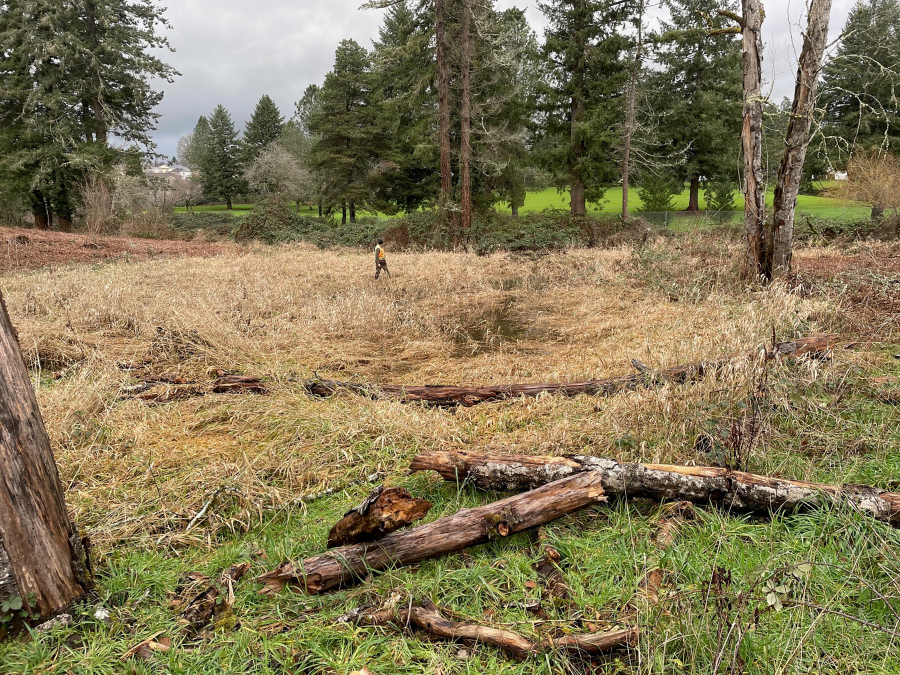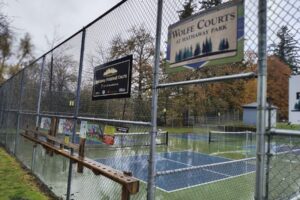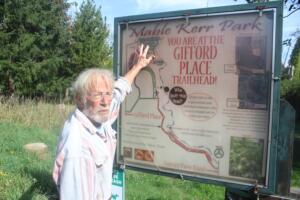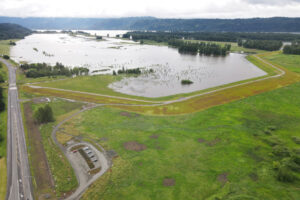From June 2020 to May 2022, the Lower Columbia Estuary Partnership (LCEP) led an effort to complete the largest habitat restoration project on the Columbia River to date, creating more than 100 acres of wetland, reforesting 250 acres of riparian habitat, planting more than 500,000 trees and shrubs, reconnecting 965 acres of Columbia River floodplain, and adding 1.1 miles of trails at the Steigerwald National Wildlife Refuge in Washougal.
“The habitats, particularly the vegetation, are really starting to take off,” LCEP restoration program lead Chris Collins said earlier this month. “People who visit the refuge over the next couple months (will) really start getting an idea of what those habitats are going to look like over the coming decade. We’re really starting to see all the work out there pay off, so we’re excited about that.”
Now, the Portland-based environmental protection nonprofit coalition of public and private groups is literally looking upstream to ensure that the refuge continues to thrive for generations to come.
The LCEP has launched a construction project that will restore a 2,000-foot portion of Campen Creek within Washougal’s Mable Kerr Park.
“We’re excited about continuing to work in this community and implementing a project that’s going to continue the success of (the Steigerwald Refuge) project,” Collins said. “Obviously, the Steigerwald reconnection project was a big success in and of itself, and we will do everything we can to ensure that that success continues. You make a big investment like that (into) a critical habitat area, and you want to think about what’s feeding that. It is kind of a natural evolution — the next thing you want to do is look up into the watershed.”




